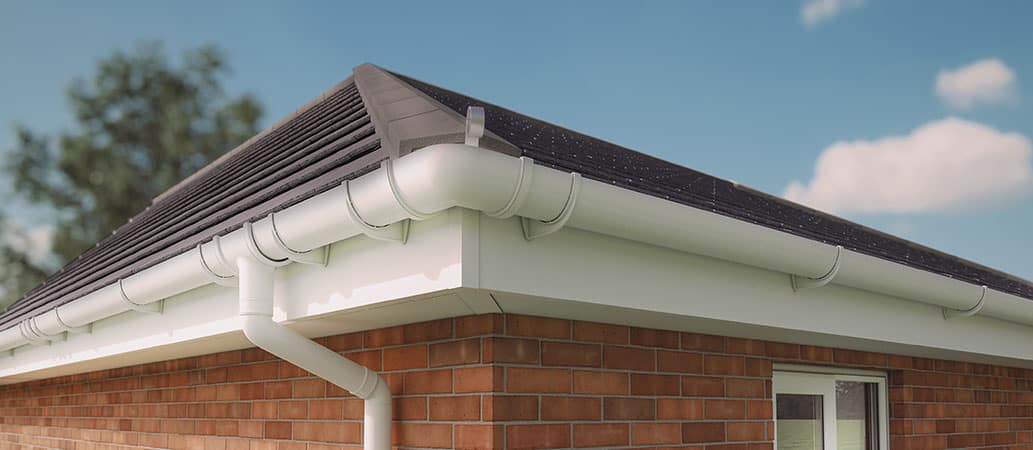fascia-and-soffit-repair1541
fascia-and-soffit-repair1541
The 10 Most Terrifying Things About Fascia And Soffit Specialists
Understanding Soffit and Cladding: Importance, Types, and Installation
Soffit and cladding are two necessary components of a building’s exterior that often go undetected but play an important role in both visual appeals and functionality. While soffit describes the product that covers the underside of eaves or overhangs, cladding describes the product used to the exterior of a structure to offer it with a protective layer and a visually appealing surface. This comprehensive short article will explore the types, importance, advantages, installation, and frequently asked questions relating to soffit and cladding.
Importance of Soffit and Cladding
Both soffits and cladding serve considerable purposes for building and construction and architectural style:
Soffit
- Ventilation: Adequate soffit ventilation permits airflow in the roofing space, which assists control temperature level and humidity, lowering the threat of mold and rot.
- Defense: Soffits safeguard the rafters and eaves from water damage and insect invasion.
- Visual Enhancement: Well-designed soffits boost the total look of a structure, offering a completed appearance to roof overhangs.
Cladding
- Insulation: Cladding assists to insulate the structure, enhancing energy performance by keeping interior temperatures.
- Weather condition Resistance: It safeguards the building from elements such as rain, wind, and snow.
- Visual Appeal: With a range of materials available, cladding permits designers to create visually sensational exteriors.
- Maintenance: High-quality cladding minimizes the need for frequent maintenance and repairs.
Kinds of Soffit and Cladding
Soffit Types
Soffits can be available in various materials, including:
- Vinyl: Known for its low maintenance and weather-resistant homes.
- Aluminum: Durable and resistant to rust but may damage much easier.
- Wood: Offers aesthetic appeal however requires routine maintenance and treatment for weather resistance.
- Fiber Cement: Combines durability with the look of wood, resistant to rot and pests.
Cladding Types
The selection of cladding products can considerably impact both aesthetics and functionality. Typical types include:
- Vinyl Cladding: Cost-effective, light-weight, Fascia And Soffit Specialists readily available in numerous designs and colors.
- Wood Cladding: Naturally stunning, but demands regular treatment and upkeep.
- Brick: Extremely durable and fire-resistant but more costly and requires professional installation.
- Stone and Stone Veneer: Offers a classic look and unequaled sturdiness, perfect for high end homes.
- Fiber Cement: Mimics wood or masonry with a fraction of the maintenance, resistant to weather and insects.
- Metal Cladding: Often used in contemporary designs, supplies a commercial appeal and substantially withstands weathering.
Comparison of Soffit and Cladding Materials
The following table details the crucial functions and qualities of different soffit and cladding products:
| Material | Maintenance | Resilience | Visual Appeal | Cost | Insulation Property |
|---|---|---|---|---|---|
| Vinyl Soffit | Low | Medium | Excellent | Low | Low |
| Aluminum Soffit | Medium | High | Fair | Medium | Low |
| Wood Soffit | High | Low to Medium | Excellent | Medium | Low |
| Fiber Cement | Low | High | Outstanding | Medium | Medium |
| Vinyl Cladding | Low | Medium | Great | Low | Medium |
| Wood Cladding | High | Medium | Excellent | Medium | Medium |
| Brick Cladding | Low | High | Outstanding | High | High |
| Stone Veneer | Medium | High | Excellent | High | High |
| Metal Cladding | Low | High | Fair to Excellent | Medium to High | Low |
Installation of Soffit and Cladding
The installation procedure of soffit and cladding varies depending on material choice and regional building codes. Nevertheless, comprehending the basic actions involved can be practical:

Steps for Installing Soffit
- Preparation: Gather all tools and products needed, including panels, nails, and security equipment.
- Measurement: Measure the location accurately to cut soffit panels to the right size.
- Ventilation: Ensure appropriate airflow by incorporating vents where essential.
- Installation: Attach the panels beginning with one side, guaranteeing they fit correctly into the established structure.
- Finishing Touches: Seal any gaps for insulation and visual appeals.
Actions for Installing Cladding
- Structure Setup: Create a robust framework utilizing vertical battens if needed.
- Insulation: If insulating, set up insulation boards before cladding.
- Cutting Panels: Measure and cut cladding panels based upon design specifications.
- Attachment: Secure panels utilizing suitable fasteners, guaranteeing positioning and level.
- Sealing: Seal joints and edges for weather condition resistance.
Frequently Asked Questions (FAQs)
1. What is the typical life-span of cladding products?
The life-span varies extensively amongst materials:
- Vinyl: 20-40 years
- Wood: 10-30 years (with maintenance)
- Brick and Stone: 50+ years
- Fiber Cement: 25-40 years
2. Is soffit installation required?
Yes, soffit installation is important for proper ventilation and protecting the roof structure from weather damage, insects, and rot.
3. Can soffit be installed without cladding?
Yes, soffit can be set up individually. However, it is typically installed in conjunction with cladding for enhanced visual appeals and defense.
4. What elements should be considered when picking cladding?
Crucial factors include:
- Desired aesthetic
- Climate considerations
- Budget restrictions
- Maintenance requirements
- Energy efficiency
5. Can I install soffit and cladding myself?
While DIY installation is possible for those with appropriate skills, employing professionals makes sure quality craftsmanship and compliance with building regulations.
Soffit and cladding are vital parts of a structure’s outside that significantly effect looks, performance, and energy performance. Comprehending their types, benefits, and installation procedures can help homeowners and builders in making informed decisions. Whether using vinyl, wood, or fiber cement, selecting the right products and making sure appropriate installation will improve the longevity and charm of any structure while keeping its protective qualities.


